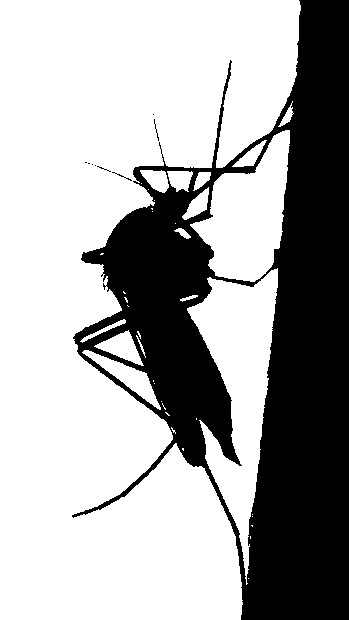Dengue-Zika link studied
 Experts warn that the dengue fever mosquito common to north and central Queensland poses the greatest danger of spreading the Zika virus in Australia.
Experts warn that the dengue fever mosquito common to north and central Queensland poses the greatest danger of spreading the Zika virus in Australia.
Researchers have shown that not only is the dengue mosquito effective at transmitting Zika, but also that the virus was in the mosquitoes’ reproductive organs.
Queensland researchers tested a strain of Zika from the Asian lineage that caused microcephaly during the 2016 epidemic in Brazil.
Dr Leon Hugo, from QIMR Berghofer’s Mosquito Control Laboratory, said the mosquitoes used in the study were hatched from eggs collected from colonies in Innisfail and Hammond Island in the Torres Strait, and reared at the institute’s state-of-the-art mosquito and pathogen containment insectary in Brisbane.
“Our high biosecurity insectary is unique in the southern hemisphere for its size, capacity and expertise, allowing us to work safely with dangerous pathogens like Zika,” Dr Hugo said.
“We fed the two strains of mosquitoes with a mixture of Zika virus and blood.”
Dr Frentiu said the mosquitoes were maintained in the insectary at temperatures similar to what is experienced in north Queensland around Cairns to simulate a field experiment.
“At three, seven and 14 days after the mosquitoes were infected with Zika, we tested their saliva to see if they could pass on the virus through a bite,” she said.
“We concluded that the dengue mosquito is the main danger for spreading Zika.
“We found 50-60 per cent of the dengue mosquitoes could effectively transmit the virus 14 days after becoming infected, compared to 10 per cent of the Asian Tiger mosquitoes.”
Dr Frentiu said the discovery of Zika in the ovaries of the dengue mosquitoes indicated another potential route of infection transmission through mosquito populations.
“This has also been observed recently in field specimens collected in Brazil,” she said.
“Aedes aegypti eggs were collected and hatched and the larvae tested, and Zika was found in the larvae.
“It is possible that if infected larvae were able to reach maturity still infected with Zika, they could then pass the virus to humans. This is an area where further research is needed.”







 Print
Print